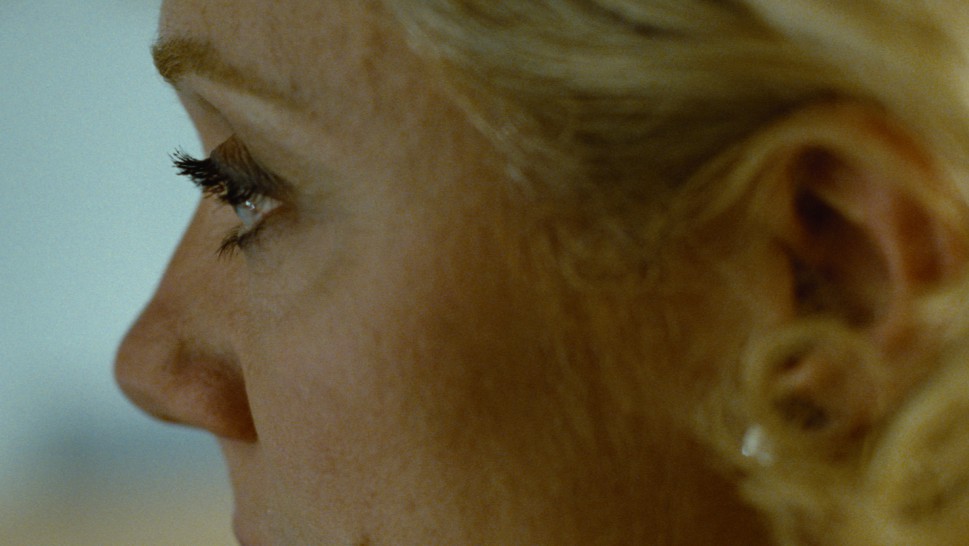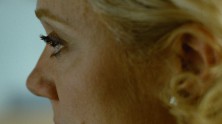
The Headless Woman
(La mujer sin cabeza)
With María Onetto, Claudia Cantero, César Bordón.
Argentina, 2008, 35mm, color, 87 min.
Spanish with English subtitles.
Print source: Walker Art Center
A hit-and-run accident sets the plot in motion in The Headless Woman, Lucrecia Martel’s most suspense-driven feature to date (with echoes of Alfred Hitchcock’s Vertigo). The title refers to dentist Verónica, who, after hitting something on a dusty country road (a boy? a dog?), drives away. Deeply disturbed, she becomes profoundly erratic and oblivious to what happens around her, while her family, hearing of the death of a young boy, circle the wagons. The hierarchy between social classes, while never absent from Martel’s previous features, takes front and center here as the film zeroes in on the impermeable lines separating the indigenous poor from the white middle class. Their pact of silence regarding the possible victim, their complete disavowal, and their eagerness to cover up all traces can be seen as a barely-disguised reference to Argentinean society during the dictatorship, when an estimated 30,000 people were disappeared—a period specifically invoked by the film’s diegetic music and fashion. Working for the first time in Cinemascope, Martel frequently uses extreme shallow focus, often with Verónica’s blonde hair dominating the foreground of the frame, while behind her, and out of focus, various secondary characters, often the indigenous servants and maids, are barely distinguishable. Due to Martel’s refusal to psychologize, Onetto’s stand-out performance conveys, almost entirely through non-verbal means, Véronica’s confusion and ultimate transformation.








